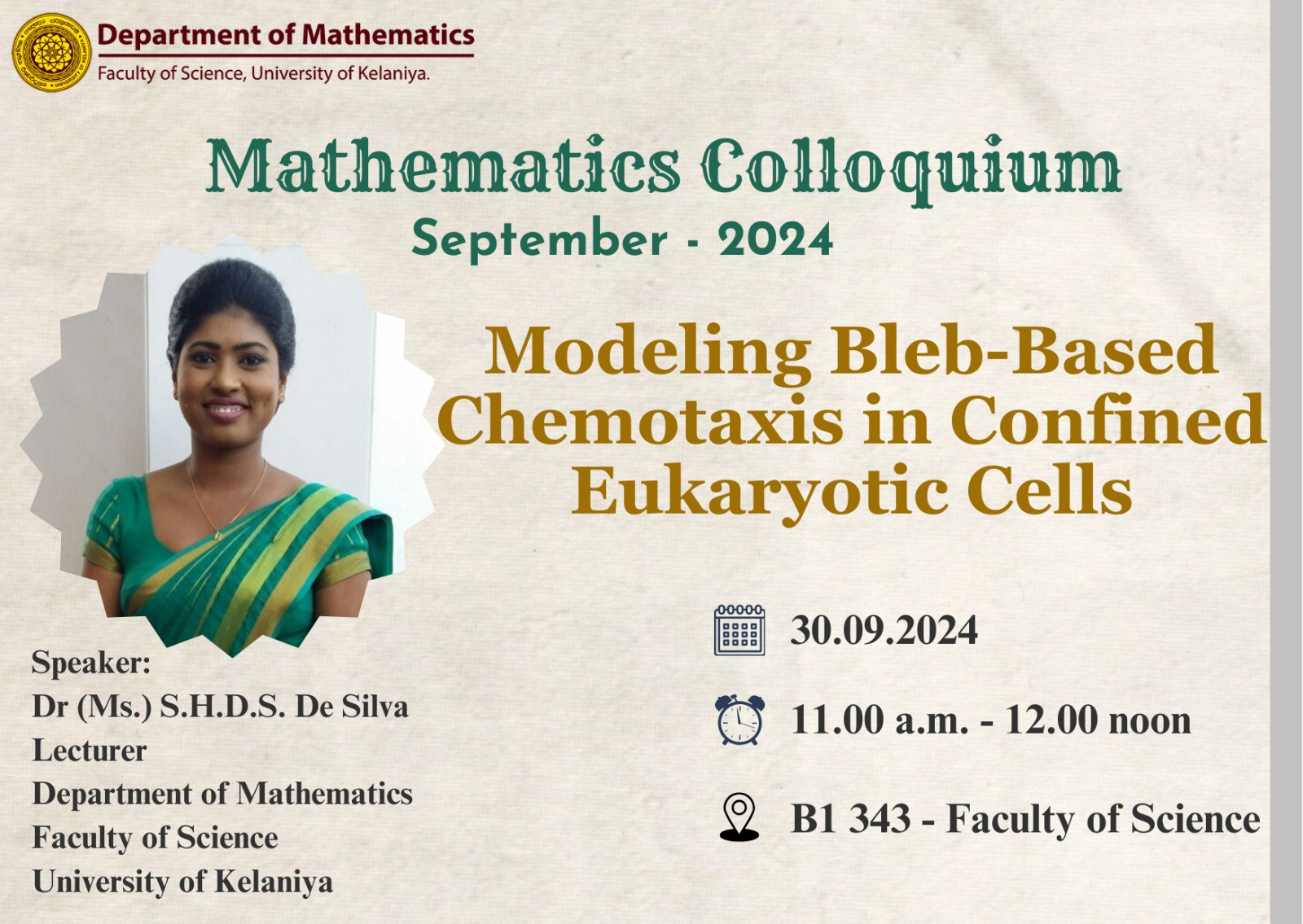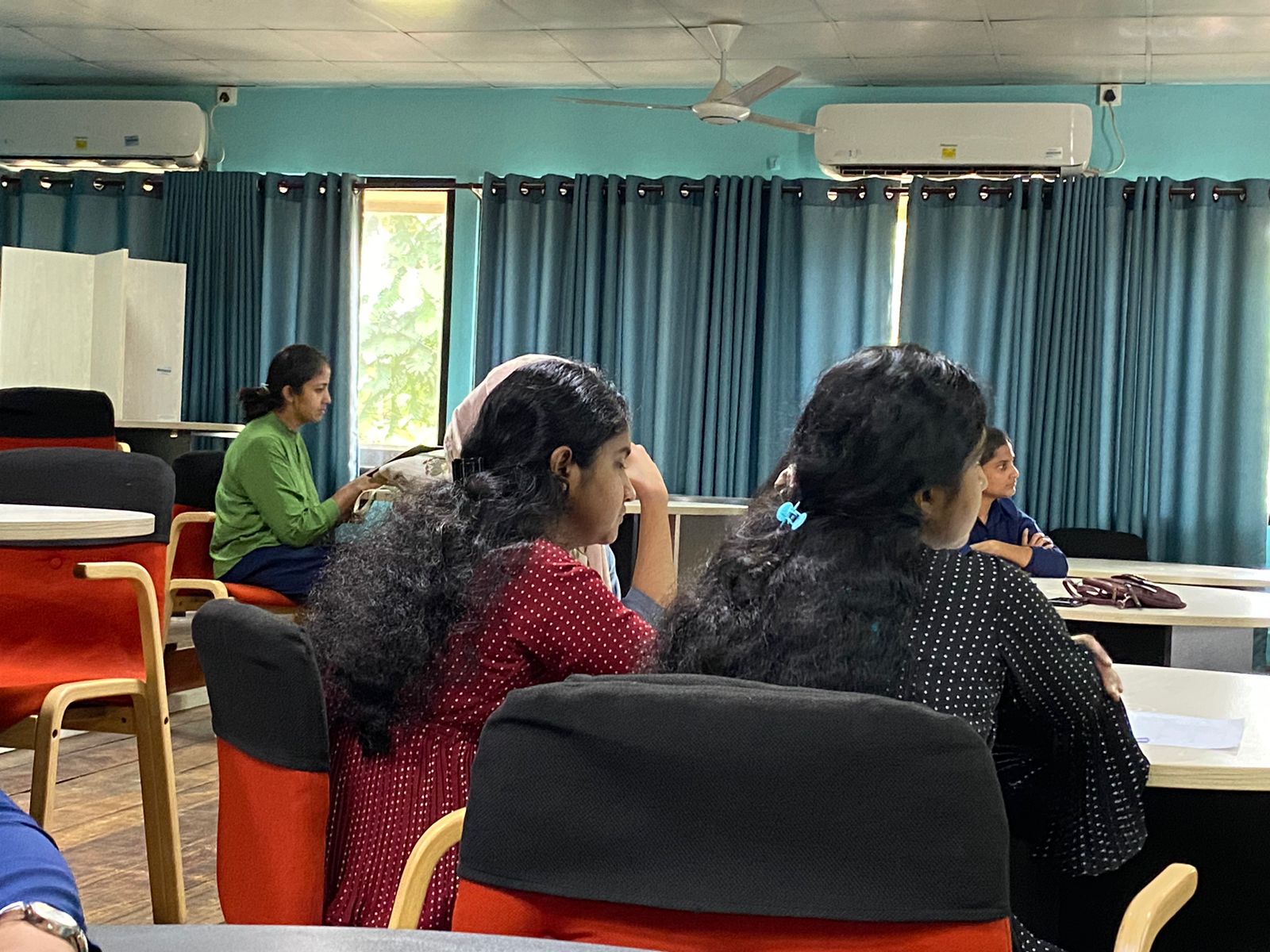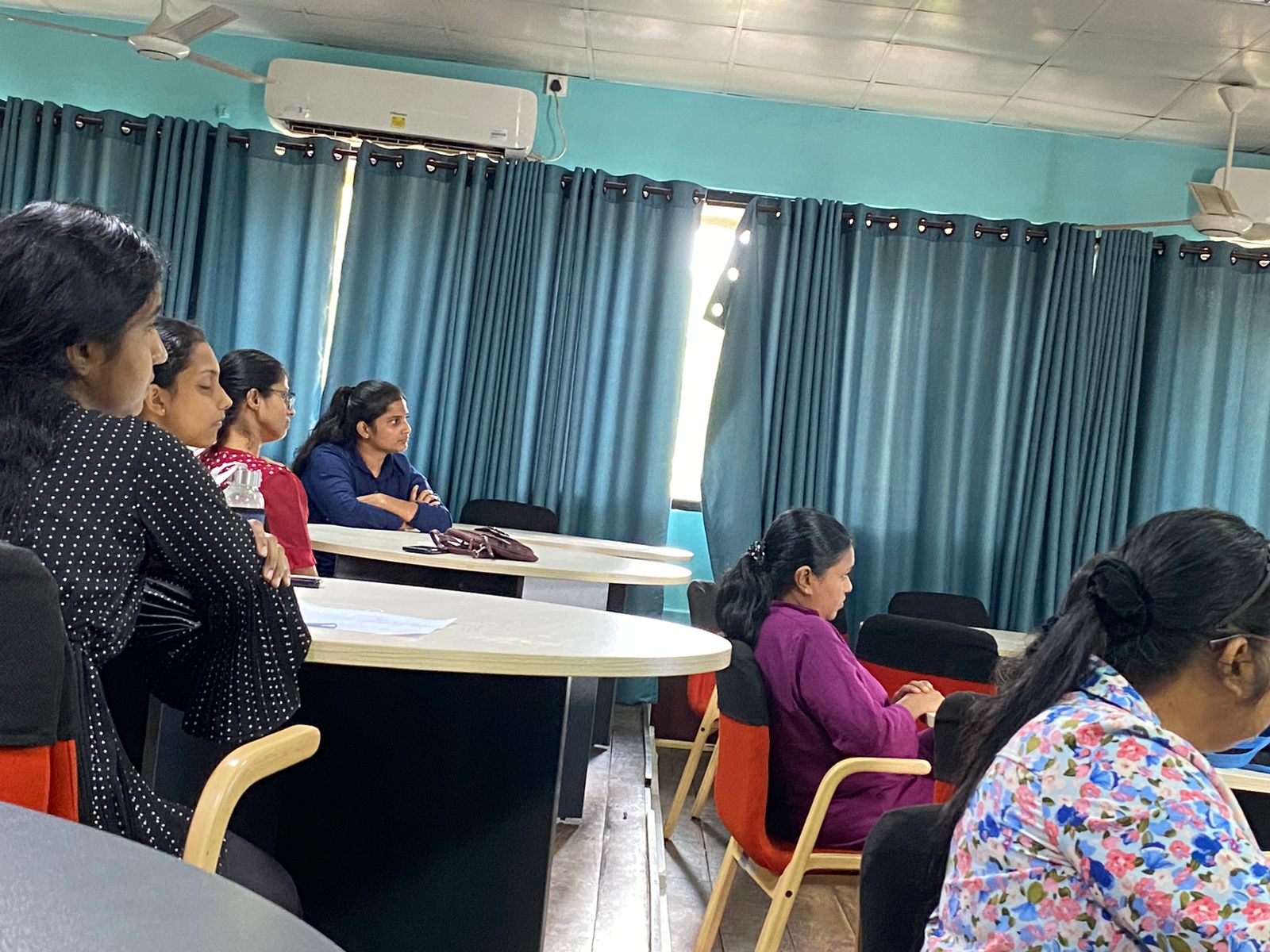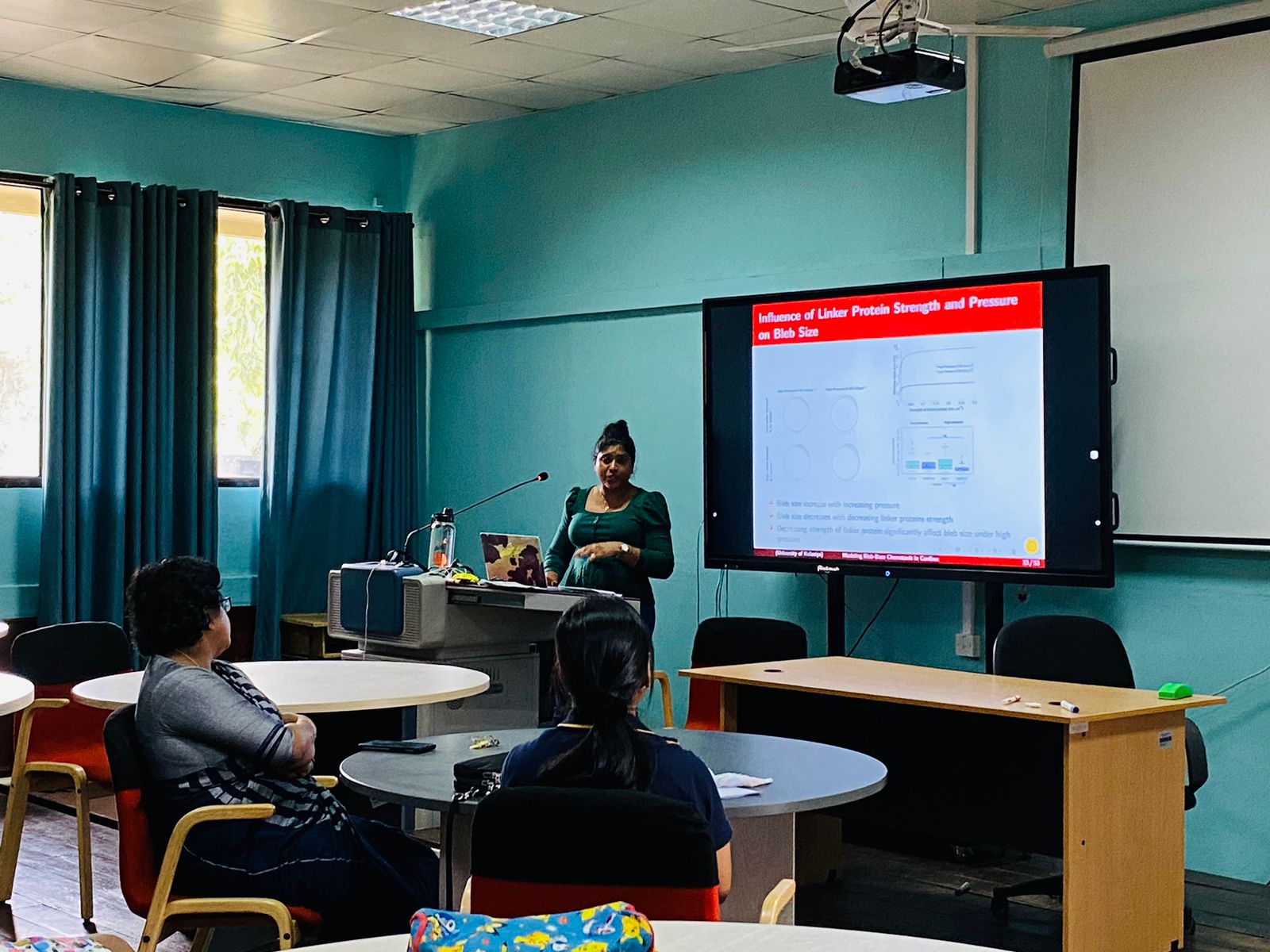Abstract:
Eukaryotic cells, such as cancer and immune cells, migrate using either pressure-driven blebs or actin polymerization driven pseudopods and lamellipodia, with cells preferring to bleb in confined environments where high forces are required for movement. Blebbing involves a detachment of the cell membrane from the cortex and its expansion and stabilization into a spherical cap with the formation of a new cortex beneath the protruded membrane. While actin-based motility is well studied, the mechanochemical regulators of bleb-based motility are not well understood. Membrane-cortex linker proteins are known to direct blebs to the
front of the cell where linker density is low, suggesting that blebbing is inversely proportional to linker density. However, recent experiments show that cells with weak membrane-cortex linkers produce smaller and fewer blebs. Additionally, it is unclear how cells coordinate bleb expansion with rear retraction to maintain experimentally determined speeds, and the role cell- substrate adhesion plays in this process. In this work, we develop a mathematical model to
explore these mechanisms. Our model treats the cell as a viscous fluid encased in a viscoelastic boundary, where the intricate dynamics of linker proteins, adhesion proteins and the cell’s chemotactic machinery facilitate bleb-based migration. Simulations suggest that linker proteins help to maintain intracellular pressure which explains why weaker linkers lead to smaller blebs. We also demonstrate that the timescale of bleb stabilization is critical for normal bleb
size and that cell substrate adhesion needs to be below 0.04 nNμm−1 in order for cells to maintain known blebbing speeds. Finally, our modeling framework permits a level set formulation to ease the computational burden of simulating bleb-based chemotaxis in three-dimensional environments.
front of the cell where linker density is low, suggesting that blebbing is inversely proportional to linker density. However, recent experiments show that cells with weak membrane-cortex linkers produce smaller and fewer blebs. Additionally, it is unclear how cells coordinate bleb expansion with rear retraction to maintain experimentally determined speeds, and the role cell- substrate adhesion plays in this process. In this work, we develop a mathematical model to
explore these mechanisms. Our model treats the cell as a viscous fluid encased in a viscoelastic boundary, where the intricate dynamics of linker proteins, adhesion proteins and the cell’s chemotactic machinery facilitate bleb-based migration. Simulations suggest that linker proteins help to maintain intracellular pressure which explains why weaker linkers lead to smaller blebs. We also demonstrate that the timescale of bleb stabilization is critical for normal bleb
size and that cell substrate adhesion needs to be below 0.04 nNμm−1 in order for cells to maintain known blebbing speeds. Finally, our modeling framework permits a level set formulation to ease the computational burden of simulating bleb-based chemotaxis in three-dimensional environments.
Profile:
Dr Dinuka Sewwanndi completed her BSc Honours Degree in Mathematics at the University of Kelaniya in 2016, and then she joined the Department of Mathematics as a probationary lecturer. She obtained her master’s degree from Western Illinois University. After completing her master's, she enrolled as a PhD student at Clarkson University, Potsdam, New York (Fall 2019- Spring 2024). Her research interests and PhD studies are related to Biomathematics and mathematical modelling.




